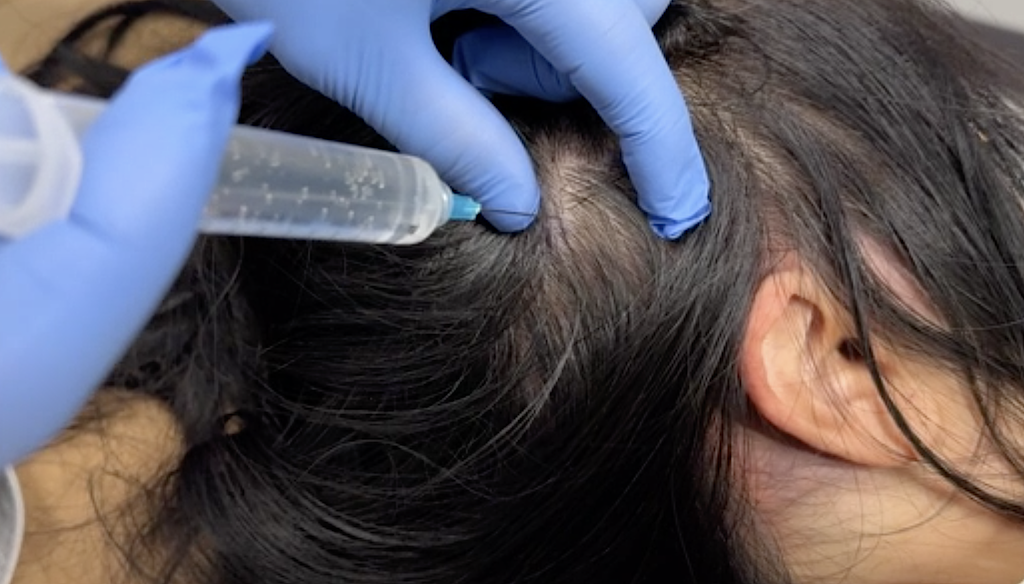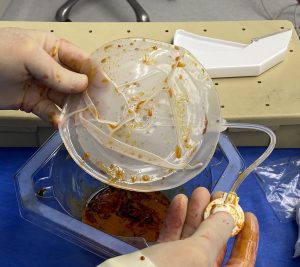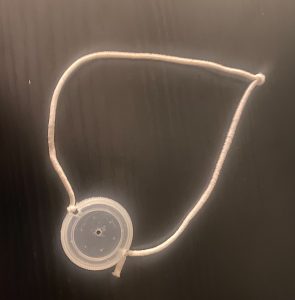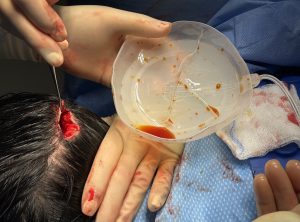

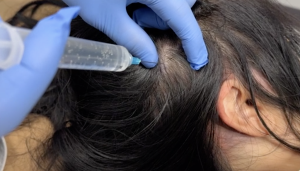
But in many cases the patient has to do their own inflations which poses some technical challenges. We provide all the loaded 10cc syringes with saline as well as the needles to do the injections. The usual fill goal is 200ccs performed over a 2 to 3 month period, injecting 10ccs every few days.
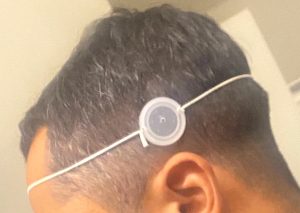
Dr. Barry Eppley
World-Renowned Plastic Surgeon

